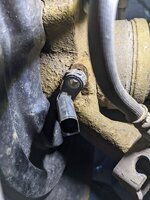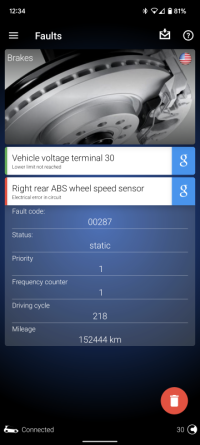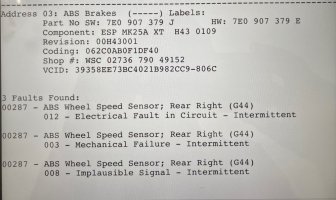Got a new problem developing on my T5.1 2.0 BiTDi 4motion. I thought it was the brakes binding so changed disks and pads all round but problem still present. Let me try and describe it...
After leaving it parked for a few hours, about 4 hours is the shortest time, on pulling away I hear a "grinding" noise and feel excessive resistance against the engine and will then often get ABS errors appearing on the dash. The noise is not constant, seems to vary with speed. After driving for about 50 metres the noise disappears completely and the same for the feeling of resistance. ABS stay for a while and then disappear.
It's an odd problem to describe, hope this rings some bells with someone.
Thanks,
Dan
After leaving it parked for a few hours, about 4 hours is the shortest time, on pulling away I hear a "grinding" noise and feel excessive resistance against the engine and will then often get ABS errors appearing on the dash. The noise is not constant, seems to vary with speed. After driving for about 50 metres the noise disappears completely and the same for the feeling of resistance. ABS stay for a while and then disappear.
It's an odd problem to describe, hope this rings some bells with someone.
Thanks,
Dan








